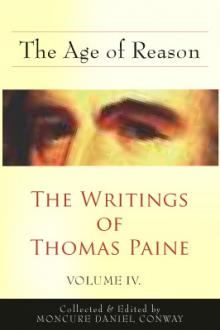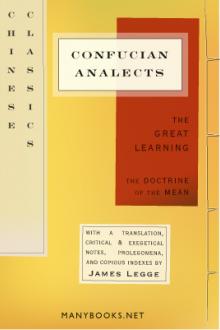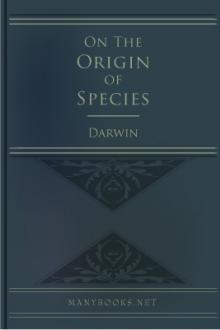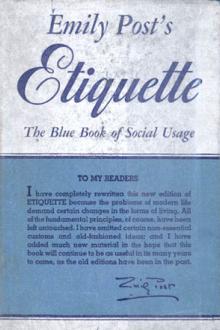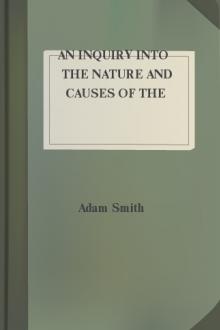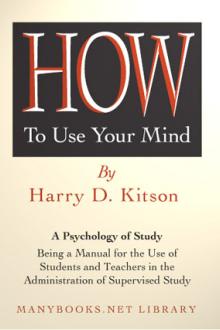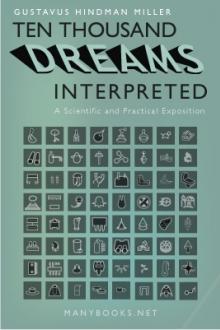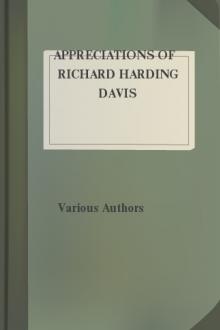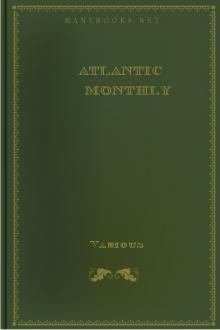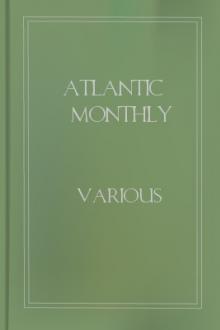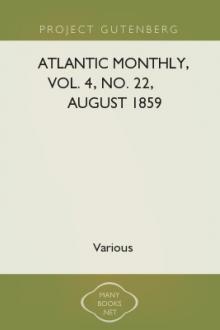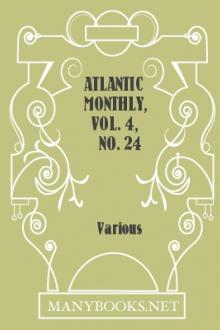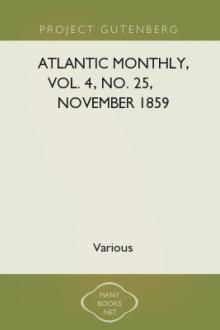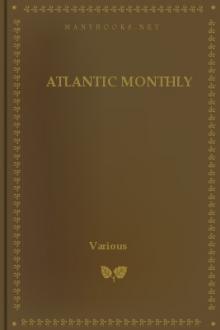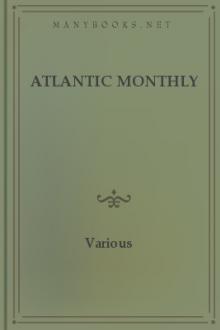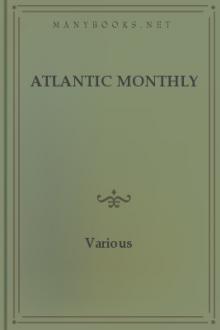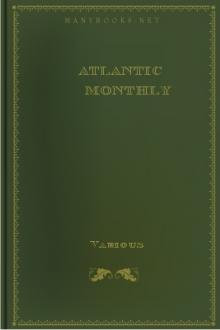Encyclopaedia Britannica, 11th Edition, Volume 3, Part 1, Slice 2
Encyclopaedia Britannica, 11th Edition, Volume 3, Part 1, Slice 2
'Baconthorpe' to 'Bankruptcy'
Book Excerpt
reservation of putrescible substances depends on this principle. In 1862 Pasteur placed it beyond reasonable doubt that the ammoniacal fermentation of urea is due to the action of a minute Schizomycete; in 1864 this was confirmed by van Tieghem, and in 1874 by Cohn, who named the organism Micrococcus ureae. Pasteur and Cohn also pointed out that putrefaction is but a special case of fermentation, and before 1872 the doctrines of Pasteur were established with respect to Schizomycetes. Meanwhile two branches of inquiry had arisen, so to speak, from the above. In the first place, the ancient question of "spontaneous generation" received fresh impetus from the difficulty of keeping such minute organisms as bacteria from reaching and developing in organic infusions; and, secondly, the long-suspected analogies between the phenomena of fermentation and those of certain diseases again made themselves felt, as both became better understood. Needham in 1745 had declared that heated infusions of organic matter
Editor's choice
(view all)Popular books in Reference, Non-fiction
Readers reviews
0.0
LoginSign up
Be the first to review this book
Popular questions
(view all)Books added this week
(view all)
No books found
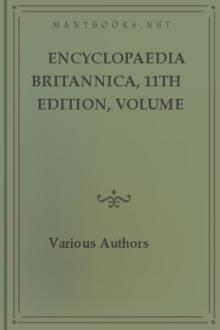
 Free Download
Free Download














